



The imminent release of specifications for standardized wireless-to-DALI gateways and for DALI-over-wireless devices will pave the way for increased choice, convenience and flexibility. This is especially welcome news for those delivering IoT-based lighting control solutions.
March 25, 2021
 The connectivity requirements of IoT-based lighting control applications are constantly evolving. At the DALI Alliance, we know how the system developers among you like to build a degree of future-proofing into your concepts. Not so easy when it comes to an ever-evolving IoT technological landscape, but we think we’re ahead of the curve with important new developments that are about to make life a whole lot easier for designers, OEMs and system integrators working in the lighting industry.
The connectivity requirements of IoT-based lighting control applications are constantly evolving. At the DALI Alliance, we know how the system developers among you like to build a degree of future-proofing into your concepts. Not so easy when it comes to an ever-evolving IoT technological landscape, but we think we’re ahead of the curve with important new developments that are about to make life a whole lot easier for designers, OEMs and system integrators working in the lighting industry.
Our ambition from the start has been to grow the market for lighting-control solutions based on DALI. We already have over 260 member companies worldwide, embracing a myriad of industry leaders in lighting and control. And we’re ready to take things further.
DALI lighting-control systems give a boost
In an IoT world, DALI already has much to offer, not least the potential to combine multiple DALI subnets for building-wide control, and to connect these subnets with other networks – including building management systems (BMS) – via non-standardized gateways. Further capabilities come via D4i, an extension to DALI-2 certification; the addition of wireless nodes (also known as network lighting controllers) to D4i luminaires means they participate in remote lighting-control networks.
Harnessing sensor-rich lighting systems and standardized interfaces, building managers will benefit from new IoT capabilities including automated light-level and colour control. DALI can also enable advanced luminaire performance monitoring including energy usage and predictive maintenance, as well as enhanced services such as asset tracking and indoor navigation.
There is a clear need to constantly enhance DALI with emerging capabilities to support the relevance and growing adoption of the protocol in an IoT world. Here, we reveal more details of some much-anticipated new capabilities, which enable us to bring together the benefits of DALI lighting control and wireless networking.
Why wireless?
DALI is evolving to encompass both wired and wireless connectivity. Clearly, offering the industry greater choice is the right move because there are projects when one or other solution (or a hybrid of both) is deemed the right fit depending on the specific requirements, environment and other factors.
In some cases, wireless lighting control is seen as an ideal solution, especially in retrofit installations. One advantage of wireless is flexibility; it can be much easier to add sensors and new luminaires to an existing lighting network, or to relocate devices when a building is refurbished or repurposed. Not needing to lay data cables through walls, ceilings or floors can be a considerable advantage in time and expense. (But of course luminaires and other lighting devices still require power.)
For others, there will be a preference to use wired network connectivity. Indeed, the ongoing success of wired solutions, including large-scale infrastructure installations, is evident in the winning projects profiled in the DALI Lighting Awards. Wired systems offer predictable network behaviour, and avoid any potential connectivity issues that may arise in a built environment. Also, DALI wiring can be installed along with the power cables.
To provide choice between wired and wireless connectivity, we are working with prominent collaboration partners to standardize the way that DALI lighting controls are able to integrate with wireless networking, as well as with IP-based systems. The first step has been for the DALI Alliance to create a series of new specifications, which are due for imminent release. Next, we will work in collaboration with our partners to create testing procedures that will in turn result in certification programs, indicating standardized and interoperable products.
Wireless to DALI gateways
There are two distinct approaches. First, we are working to standardize gateways between DALI and prominent wireless ecosystems, namely Bluetooth mesh and Zigbee. Gateways allow existing DALI wired products to be used in a non-DALI wireless ecosystem. The DALI side of the gateway could comprise a single D4i or DALI-2 luminaire, or a wired DALI-2 network with multiple devices.
We will shortly publish two new gateway specifications, one for Bluetooth Mesh to DALI Gateways and one for Zigbee to DALI Gateways. In each case, the gateway connects the two systems – the wireless network and the DALI wired network or luminaire – and translates between protocols.
The gateway allows the wireless ecosystem to control the DALI devices, and supports querying of lamp failure information. In addition, DALI control gear are able to report a rich set of luminaire, energy and diagnostics data to the wireless ecosystem via the gateway.
Wireless DALI
Our second approach is wireless DALI, where devices communicate using existing DALI commands, carried over a wireless medium. The DALI devices form the wireless network, and there is no need for translation between protocols. Wireless DALI enables the same set of lighting-control features that are available in DALI-2 and D4i.
The DALI Alliance has written a new specification for wireless DALI that provides changes and additions to the existing Part 104 of the IEC 62386 standard. Part 104 describes how DALI is transported over different carriers, including wireless and IP-based alternatives to the commonly-used pair of DALI wires.
Initially, our new specification will support DALI with Thread as the underlying carrier. Thread is an IP-based, low-power, wireless-mesh networking protocol. Going forward, it’s likely that other carriers will also be supported in future versions of our specification.
Summary
With its rich feature set, DALI is already positioned to participate in IoT environments. However, our upcoming specifications will add further flexibility and choice for DALI users, always with a focus on certification and interoperability. Please stay tuned for further updates!